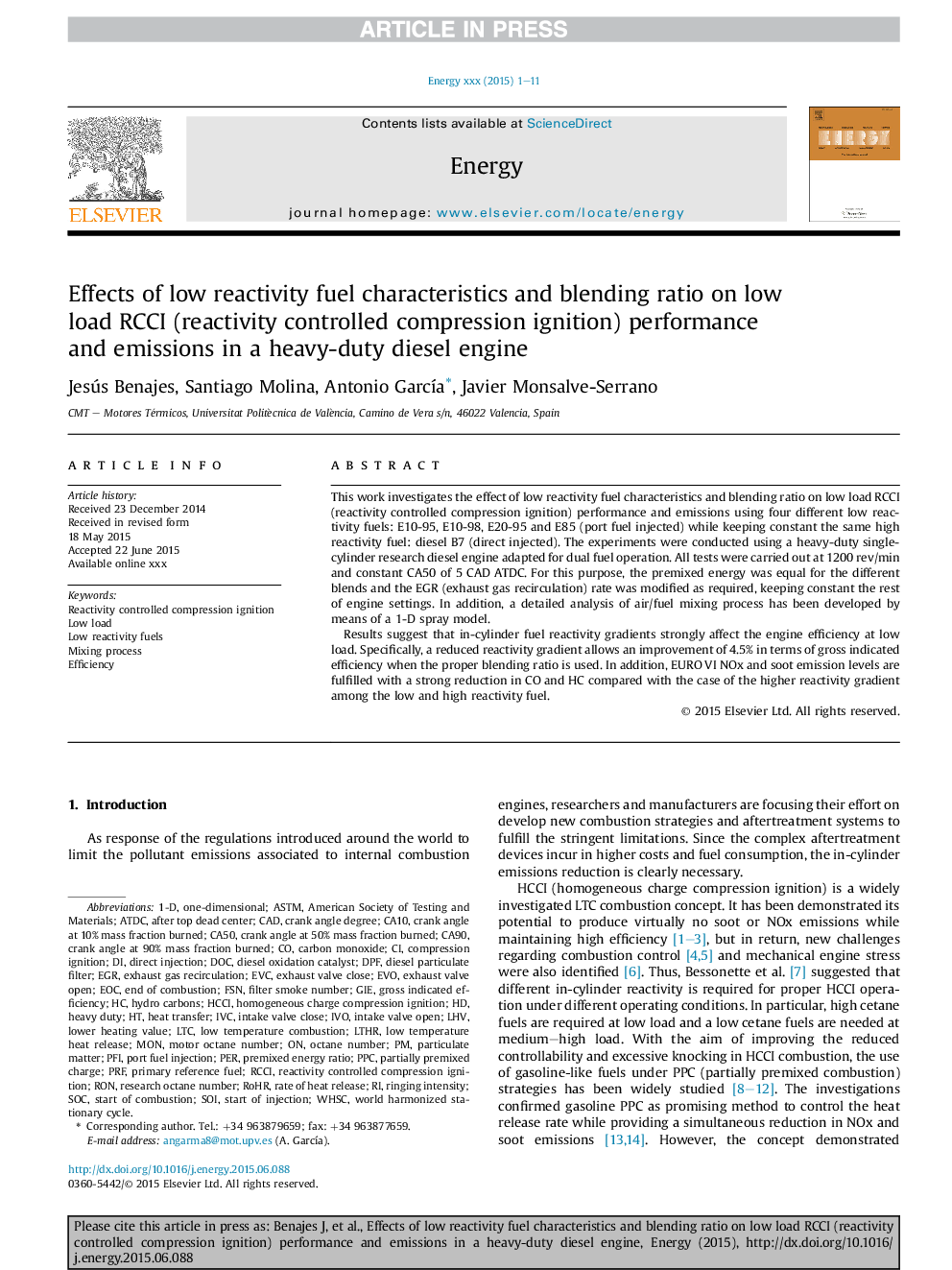| Article ID | Journal | Published Year | Pages | File Type |
|---|---|---|---|---|
| 8074392 | Energy | 2015 | 11 Pages |
Abstract
Results suggest that in-cylinder fuel reactivity gradients strongly affect the engine efficiency at low load. Specifically, a reduced reactivity gradient allows an improvement of 4.5% in terms of gross indicated efficiency when the proper blending ratio is used. In addition, EURO VI NOx and soot emission levels are fulfilled with a strong reduction in CO and HC compared with the case of the higher reactivity gradient among the low and high reactivity fuel.
Keywords
CA90CA50PPCDPFLHV1-DPFIASTMRCCIDOCLTCFSNLTHRIVCSOIEOCHCCIPRFEVCRinging intensityWHSCaTDCIVOCA10GIEEGRgross indicated efficiencypartially premixed chargeReactivity controlled compression ignitionLow temperature combustioncompression ignitionlower heating valueLow temperature heat releaseHeat transferAmerican Society of Testing and MaterialsEvoResearch Octane NumberLow loadEfficiencyafter top dead centerport fuel injectiondirect injectionOctane numberpercrank angle degreeexhaust valve openintake valve openparticulate matterRONRoHRcrank angle at 50% mass fraction burnedPrimary Reference FuelHomogeneous Charge Compression IgnitionSOCStart of combustionStart of injectionmotor octane numberFilter Smoke Numberintake valve closeCADMixing processDiesel particulate filtercarbon monoxideMONRate of heat releaseheavy dutyend of combustiondiesel oxidation catalystexhaust gas recirculationone-dimensional
Related Topics
Physical Sciences and Engineering
Energy
Energy (General)
Authors
Jesús Benajes, Santiago Molina, Antonio GarcÃa, Javier Monsalve-Serrano,
